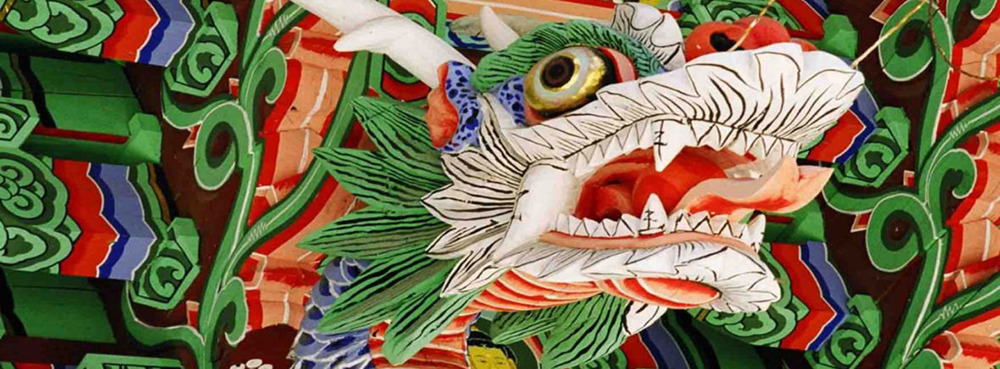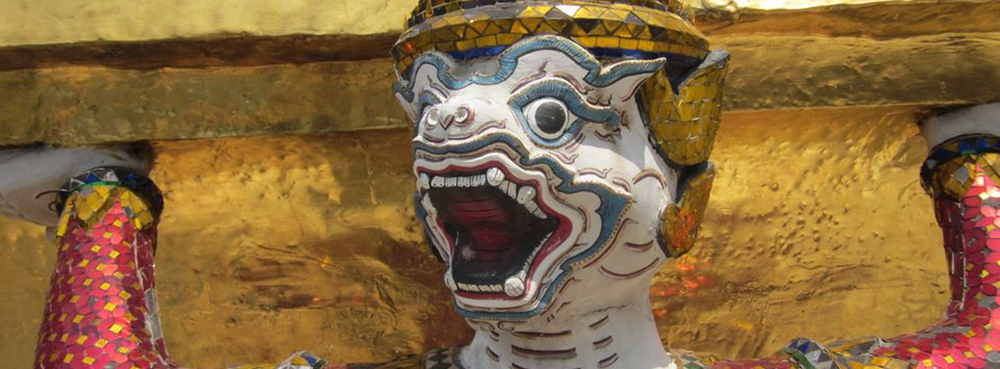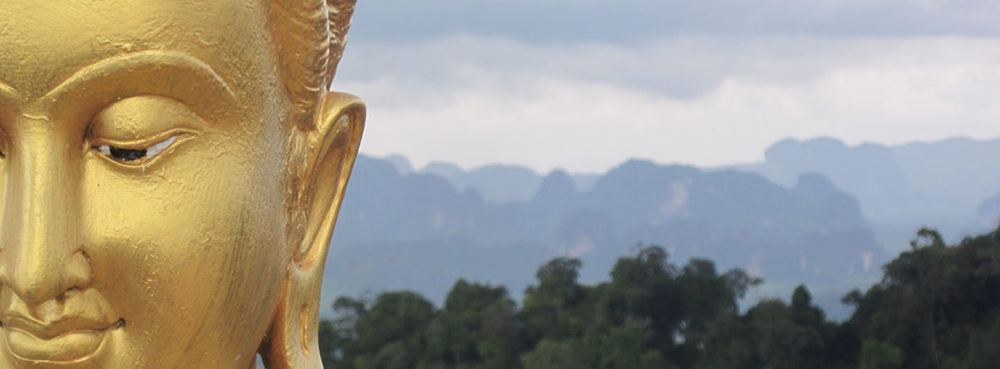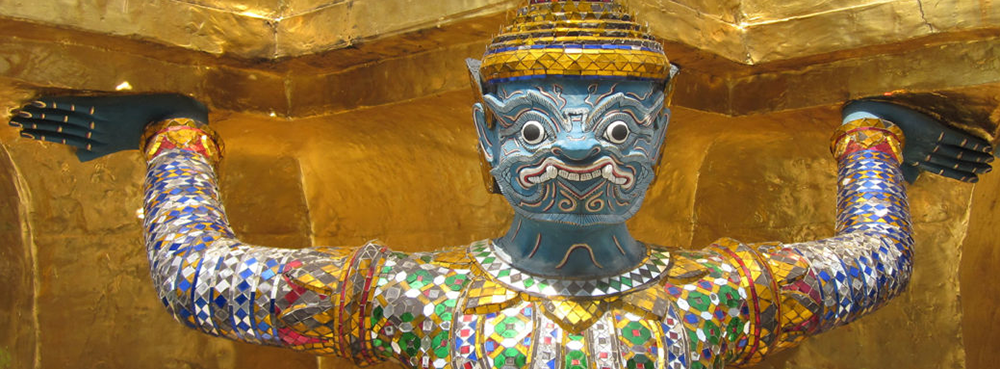
I CHING
The Book of Transformations (I Ching) is a work that should be treated with the greatest reverence, as it is supposed to contain the sum of the wisdom and morality of the East. The I Ching tells about this in 64 hexagrams, which you can consult and get guidance about – well, actually anything.
The Eastern philosophy, of which the whole work is a conglomeration, is centered around Yin and Yang. So the principle of the two opposing forces, which practically all Eastern concepts and ways of thinking have as their foundation. The Yin and Yang principle is found in Chinese culture in areas as diverse as writing Chinese characters, military theory, traditional Chinese medicine – and many other places.
The basis of the I Ching’s worldview is that the world is perceived as being in motion – in constant transformation.
Yin and Yang are not in a combat relationship with each other. Yin and Yang do not represent the battle of good against evil, but rather the tension that makes the universe dynamic and moving. It can be seen, for example, in one of the opposite relationships that belong in the I Ching tradition, namely the relationship between water and fire.
Although fire and water are opposites in the sense that water can extinguish fire and fire can cause water to dry up, the relationship between fire and water is seen as something creative – as something that conditions and allows life. It is the water that, like rain, wets the seed in the spring, and it is the fire that, like the heat of the sun, causes the seed to germinate and grow.

The ethics and perception of correct actions in various situations that are encouraged through the I Ching are characterized by the work’s origins in Taoism, Confucianism and Eastern thought.
Being aware of what kind of action the I Ching encourages and considers to be “the right way” is important, as the I Ching is very much a guide to action that seeks to help man act rightly in the various situations of life. The I Ching is a book of ethics or wisdom in which the predictions seek to support actions perceived as ideal or desirable.
The basic element of the I Ching is hexagrams.
There are a total of 64 possible combinations of six lines, which can either be a broken or unbroken line – i.e. the individual line represents either Yin or Yang.
There are several different ways to construct hexagrams and determine which lines are stable and which are unstable. An old technique is to toss three coins, whereby certain combinations of “flat” and “crown” represent respectively stable and unstable Yin and Yang lines. To construct a hexagram according to this technique, one will then “strike” one line at a time.

When you have constructed one of the 64 hexagrams in one of the traditional ways, you have various aids available in the book I Ching itself.
The first is expressed in the form of the hexagram itself, which can be divided into two trigrams – two sets of three lines.
Each of these trigrams – which together make up the hexagram – symbolizes a quality and to the hexagram in its entirety is attached a so-called image and a judgment. Finally, there are comments on the individual lines. The comments relate, among other things, to whether the lines are stable or unstable. Depending on one or the other, advice is then given.
The person who has to interpret the I Ching thus has several different elements to help him – both the shape of the individual hexagram and its shadow hexagram, the judgments and images the book links to the individual hexagrams and the relevant interpretations for the individual lines of the hexagram.
It is through the intuitive interpretation of these elements that the I Ching makes available that people according to The I Ching can teach you to act rightly in life’s situations.

The I Ching is heavily inspired by Taoism. This takes the basic point of view that the less man intervenes in the natural unfolding of things, the better. All rule is of evil. The basic attitude of Taoism is to seek balance and harmony with the universe and “the path of least resistance”, “to flow with the flow”.
We find the same basic attitude in the I Ching. It is stated here in many different ways that the individual is best off by going with the flow and avoiding – the episodes, the roads, the people etc. – from which resistance, bad energy is sensed.
It is the position of the I Ching that man should harmoniously follow the flow of events created by the interaction of Yin and Yang.
It is believed that man will thus be on the side of the life-giving, good energies and benefit from the momentum, happiness, well-being, health etc. that these energies bring with them.
This view is shared by many different concepts that have their origins in the East. For example, Feng Shui is about the same thing. By tidying up your home and arranging it so that the so-called five elements are in balance with each other, you will automatically attract the good energies, subsidiarily protect yourself from the bad ones.

Since the I Ching, as mentioned, is influenced by Taoism, it is deemed relevant to take a brief look at what the term actually covers and to elaborate a little more on what is meant by The Path of Least Resistance. You can get great pleasure and benefit from knowing a little about this. Both in relation to the interpretation of the I Ching but also in general.
Taoism aims to return man to his original natural mind. Taoism will restore equilibrium, balance and harmony in the innermost being of man.
Taoism assumes that civilization destroys man, as it breaks down man’s original true nature. According to Taoism, all laws should be abolished so that man can become a law unto himself.
All pursuit of knowledge creates self-importance and spiritual arrogance. Therefore, all knowledge should be eradicated and all learning replaced by unlearning. Man must find his way back to the child’s mind, the unspoiled and indulgent, living in innocence, immediacy and ignorance.
The best ruler reacts invisibly through the power of Tao.
The more you make yourself redundant, the better. One’s presence must not be felt because everything must take its natural course in society. All intervention, planning and management is of evil. It follows that all government, police, military, politics etc. perceived as a breach of the natural.
In the early conception of Taoism, tao meant the way in which connection between heaven and earth was established. The Royal Way (Wang Tao) was supposed to imitate the Heavenly Way (T’ien Tao). The ruler was therefore to rule the kingdom as it was heaven’s will. The earthly and heavenly elements in man must correspond with each other so that harmony can prevail.
In Confucianism, this was made into a whole moral philosophy, where there were certain rules for behavior. But precisely by being made into rules and custom, one distanced oneself from Taoism, whose characteristic above all is the natural, the spontaneous.

A fundamental difference between East and West lies in the perception of “personality”.
In the West, consciousness is an individual affair, something personal. In the East, consciousness is of a universal nature, indeed it is the primordial essence of existence itself.
Man is originally born divine and one with the universe, while in the West man is infinitely small, separated and detached from the universe. The East is thus introverted, i.e. the orientation of consciousness is turned inward towards oneself, while that of the West is extroverted, where the orientation of consciousness is turned outward, away from oneself.
What the East calls consciousness has much more to do with what we call the unconscious than with what we understand by consciousness. We can hardly imagine a consciousness without an “I”. Because if the I is not there, there is no one to be aware of anything. The I is therefore indispensable for all cognition.
In the East, one has no difficulty in imagining a consciousness without an I. Consciousness is thus perceived as more comprehensive than the ego, with the ability to transcend the ego, and in the highest forms of cognition in the East, the ego disappears completely and utterly.
Instinctively, the Easterner has looked for similarity rather than for difference, everything in the universe is perceived as a junction for many relationships, therefore the Easterner believes that nothing can simply be reduced to a point in space or a moment in time.
The logic of the East is thus more of a both-and attitude, while the logic of the West is an either-or. For a Westerner, Eastern thought can sometimes be hard to fathom, as it is based more on intuition than systematic linear thinking.
Eastern thought is less interested in actual knowledge of the outer world, its interest is more in the essential being, the inner world. It prefers intuition to reason, symbols to concepts, realization of the self through annihilation of the I, over realization of the Self through the addition of the personality.

In the West, we have always separated the concepts from each other. Boundaries are drawn between material and spiritual, between corporeal and soulful, between human and divine, between subject and object.
On the whole, there are many lines of demarcation in Western thinking, which is why we get exact sciences and a sharp separation between religion, science, philosophy, psychology, natural science, etc.
Separately, the two ways of thinking contain strengths and weaknesses. However, the biggest weakness arises if you choose one over the other. It is generally fruitful to wean yourself from taking a position either for or against. Better to try to arrive at a higher non-contradiction thinking that uses the best of both approaches.
In the Eastern view, the individual human being is subject to social rules for behavior and an obligation to the community – contrary to a Western image of man as an individual who is responsible for his own destiny.
The built-in conflict that lies in having to submit to society’s community and at the same time exist as an individual is masterfully described in the film; The Seven Samurai.

The film masterfully shows how people in the East perceive themselves as part of a community and how all relationships from an Eastern way of thinking are believed to be part of and influence each other. Society is seen as a system, the family as a subsystem – parents and children are each a subsystem including etc.
If you therefore try to understand the Eastern concept of community, you quickly become a bit confused as there are so many different groups that the individual person sees himself as a member of. And each of these groups has different norms, written and unwritten, for how to behave.
Easterners also perceive themselves as part of a community that has both historical and future perspectives. One is thus very convinced that the actions and attitude to life of one’s ancestors have influenced the life one has had. Not only financially, but also one’s reputation, one’s dignity in society, one’s happiness and health.
It naturally follows from this that one greatly honors and respects one’s ancestors, as well as feeling responsible for how things will turn out for future generations.
In its advice and guidance, the I Ching starts from the individual person and includes in its analysis the near landscape and the larger landscape – understood both quite literally as the landscape, but also as the “landscape” in the form of family, friends, neighbors, work colleagues etc. On the whole, all the influences that you are exposed to by being part of a larger whole, the universe in its ultimate consequence, are sought to be included.
Central to it all is the notion that you best achieve happiness if you choose “the path of least resistance”.
This view is shared by many different concepts that have their origins in the East. This idea is expressed in different terms in different ways, but basically it all boils down to the fact that in order to achieve happiness, prosperity, love, fertility etc. you should follow your innermost intuition, which wants to tell you what is right and what is not something is wrong with you.
Most often expressed as that in your life you should seek to attract the good energies, alternatively protect yourself from the bad ones.
 Ask about Ask aboutLove |
 Ask about Ask aboutBusiness |
 Love LoveHexagrams |
 Business BusinessHexagrams |